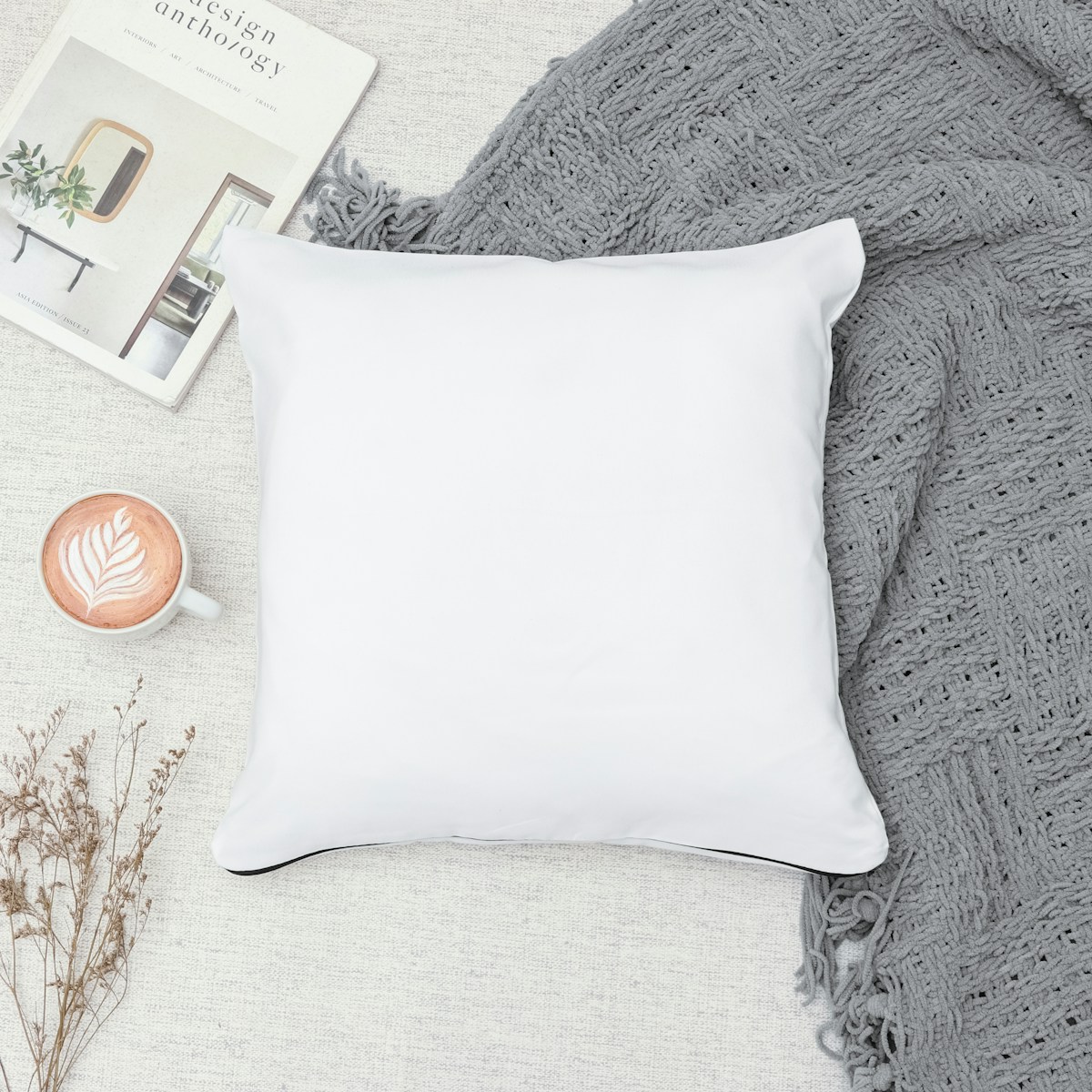When you purchase a pillow, you may notice a tag attached to it that often reads, “Do Not Remove Under Penalty of Law.” This warning can lead to confusion and concern among consumers about the legality of removing these tags. However, the truth is more straightforward than it appears.

Understanding the Law
In the United States, it is not illegal for consumers to remove tags from pillows once they have purchased the item. The law specifically states that the tags must remain intact until the product is sold to the final consumer. This means that manufacturers and retailers are prohibited from removing or altering these tags before the sale. The tags are designed to provide essential information about the product, including:
- Material Composition: Information about what the pillow is made of, which is crucial for consumers with allergies or sensitivities.
- Care Instructions: Guidelines on how to clean and maintain the pillow.
- Manufacturer Information: Details about who made the pillow, which can be important for warranty claims.
Once the pillow is in the hands of the consumer, they have the right to remove the tag without facing any legal repercussions.
Why the Confusion?
The confusion surrounding the legality of removing tags stems from the wording on the tags themselves. The phrase “Do Not Remove Under Penalty of Law” is primarily directed at manufacturers and retailers, not consumers. This warning is meant to ensure that the tags remain attached until the product is sold, thereby protecting consumers from potentially misleading or unsafe products.
According to the Federal Trade Commission (FTC), the requirement for these tags is part of consumer protection laws that ensure transparency in the marketplace. The tags help consumers make informed decisions about the products they purchase.
Consequences of Removing Tags
While it is legal for consumers to remove tags from pillows, there are some practical considerations to keep in mind:
- Warranties: Some manufacturers may require the tag to be intact for warranty claims. If you remove the tag and later need to make a warranty claim, you might face difficulties proving the product’s authenticity or eligibility for service.
- Resale Value: If you plan to sell the pillow later, having the tag intact can enhance its resale value. Many buyers look for tags to verify the product’s quality and authenticity.
- Loss of Information: Removing the tag means losing access to important information about the pillow’s materials and care instructions, which can be helpful for maintenance and safety.
Conclusion
In summary, it is not illegal to remove tags from pillows once you have purchased them. The law prohibits manufacturers and retailers from removing these tags before the sale, but consumers are free to do as they wish with their purchased items. However, it is advisable to consider the potential implications of removing the tag, such as warranty issues and loss of important product information. Keeping the tag intact can help ensure that you have all the necessary details about your pillow for future reference.
Leave a Reply